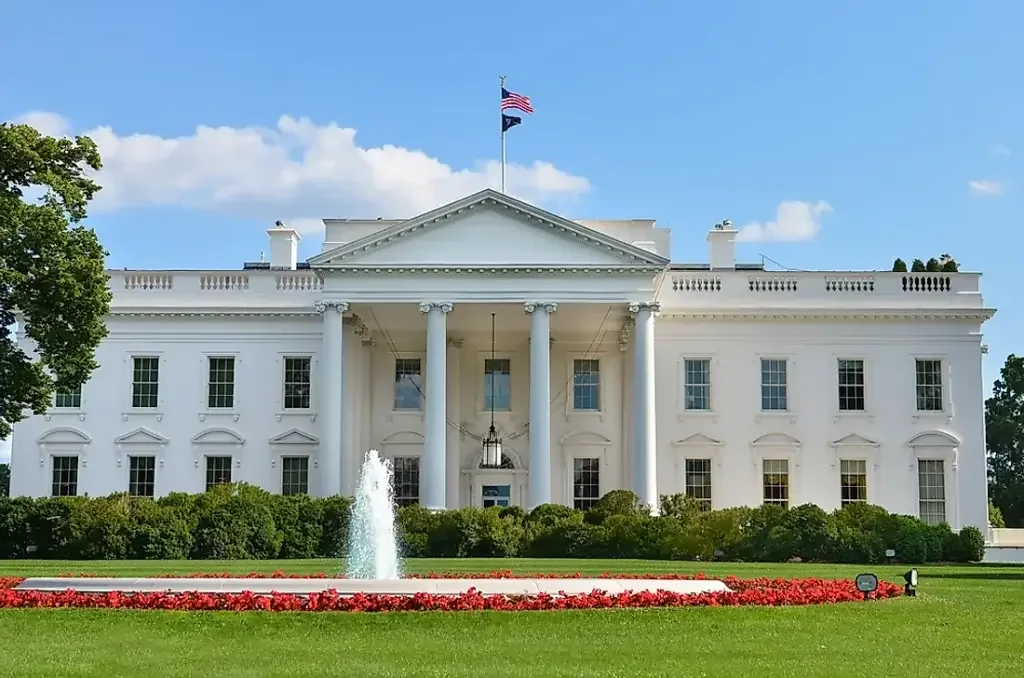By Dr. Suleiman walhad
March 23rd, 2023
We must once again revert back to the definition of the Horn of Africa States. It is the easternmost outcrop of Africa shaped like a horn and hence the name of the region, the Horn of Africa States. It consists of the four core countries of Somalia, Ethiopia, Eritrea and Djibouti, the SEED countries. Others add Sudan and South Sudan to the region, but South Sudan is part of the East Africa Community and cannot be loyal to two differing and competing groups. Sudan is more related to Egypt and Northeast Africa and hence the region, for purpose of this article, is only limited to the SEED countries.
These countries are geographically, ecologically, demographically, historically, socially, and economically related. They have a shared general description of a conflicted region were governance and stability were disturbed for some six decades and continue not to be on strong footing. The region, has therefore, produced a large influx of refugees across the globe and today the region enjoys a large diaspora population spread across the world.
It is rich and poor at the same time, owns a large coastal belt of some 4,700 km and a large marine economic exploitation zone, rich in seafood and minerals, though this is not fully exploited. It is located in one of the most geostrategic locations linking the Suez Canal to the Indian Ocean and the locations itself could be a source of a significant income for the region, if fully exploited. It has a potentially large blue economy. The region also enjoys to be the roof of the African continent, which gives rise to many rivers, most of which go north to join the great River Nile. Indeed some 85% of the Nile’s waters that provide fresh water to northeast Africa is sourced from the Blue Nile which descends from the highland mountains of the region. The Grand Ethiopian Renaissance Dam (the GERD) is expected to provide energy and power to the region and beyond in the coming years.
The region enjoys a large agricultural base and owns its own native grains such as the teff and other plants and seeds such as coffee and animals such as camels, all native and indigenous to the region, yet the region is always in the media as being exposed to hunger and starvation. Note the region’s population is some one hundred and sixty million people and growing and a geographic space of some two million square kilometers. It is vast and rich with natural resources, yet in all human development indexes, it is reported to be in the bottom rank of regions.
The socio-economic progress made in the region and especially over the past decade is ignored, for the region today enjoys major ports of Assab, Massawa, Djibouti, Berbera, Kismayo, and Mogadishu and numerous other smaller ports. Roads and rail linking these ports to the hinterlands have also been completed and the economic infrastructure is moving ahead. There are no longer inter-state wars in the region and co-operation rather than state wars is on the agenda. There, indeed, are internal political problems in each of the four states of the Horn, and they are being handled with care and deliberation. Foreign interference remains the main obstacle to peace in the region, including foreign soldiers who are supposedly there to keep peace but are actually only there to earn an income from some donner nations who have interest in the region.
The fact that the populations of the four countries are almost the same people is a great blessing that helps trade both formal and informal in the region, and hence economic cooperation. Media reports on the region only concentrate on magnifying small issues which most countries have but never emphasize the benefits of economic and trade cooperation in the region, which is growing. Money transfer companies in the region serve the total region and telecommunication companies in the region all serve the border populations.
The region is not poor, and this is evidenced by the presence of most of the world’s powers in the region. There are US, Chinese, French, Russian, Pakistani, Indian, Turkish, German, Japanese, and South Korean military bases in the region. They are not there just for being there. They must be exploiting the region’s resources whether it is marine resources or gas and oil and/or other minerals. The region cannot, therefore, be as poor as they make it or report it to be all the time.
Even regional emerging powers such as the GCC countries, Turkey, and Egypt have their own interests in the region and exploit it at the expense of the local populations. And there is where the need for cooperation among the states of the region is important so that they can collectively negotiate with those who have interest in the region, whether from near or from afar.
The Horn of Africa States cannot spend their energies singularly to choose sides among competing forces that have interest in the region. The only way to address these matters is to have a collective bargaining tool in the form of a regional block, the Horn of Africa States, an institution that should be organized much like the European Union. The Horn of Africa States should avoid being used as single states and face those who have interest in the region collectively, in all fronts, whether it is for security purposes or for economic and other purposes. The Horn of Africa States needs to create an integrated region for their security, economic cooperation and development. It is the only way forward for the region.
















